This award-winning chili recipe has been tested and proven to win cook-offs. Whether you're a seasoned home cook or a curious kitchen newbie, this step-by-step guide will help you create a championship-caliber chili with expert spice layering and storage techniques that deliver restaurant-quality flavor at home.
| Section | Description |
|---|---|
| Why Chili Wins Awards | Flavor complexity, balance, and creativity |
| Secrets Behind Winning Recipes | Layered spices and freshness |
| Proper Spice Storage | Maximize shelf life and potency |
| Spice Usage Hacks | Toast, timing, and balancing techniques |
| Step-by-Step Recipe | Proven competition-winning formula |
| Buying Guide | Essential tools and trusted brands |
| FAQs | Common questions answered |
Why Chili Recipes Win Awards

Competition judges evaluate chili based on three critical factors: flavor complexity, perfect balance of heat and richness, and creative ingredient layering. Winning recipes never rely on just heat—they create depth through carefully selected spices and techniques.
Professional cook-off winners consistently use a blend of chili powders (ancho, chipotle, smoked paprika), fresh peppers, umami boosters like coffee or cocoa, and precise timing for spice additions. The key is understanding how each spice contributes to the overall profile.
The Secret Behind a Winning Chili Recipe
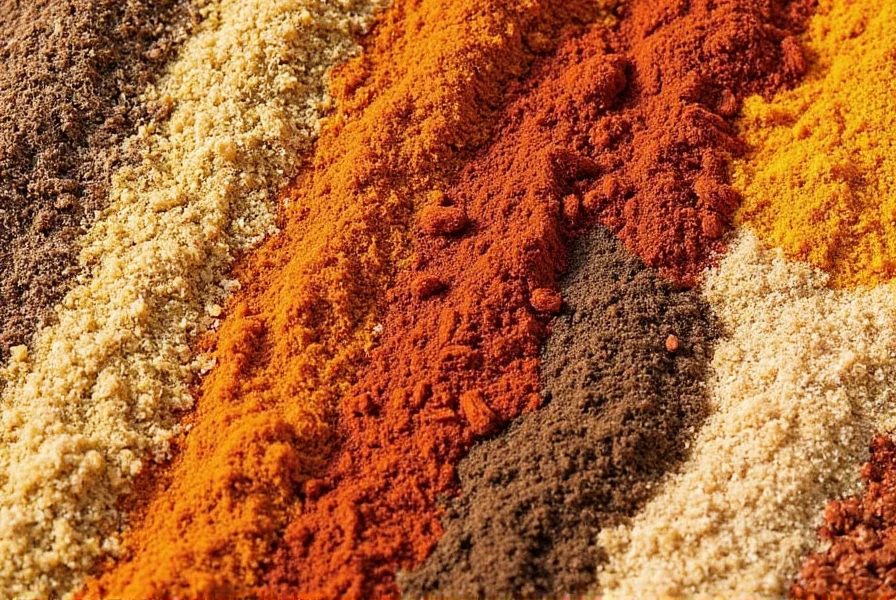
Two fundamental principles separate winning chilis from ordinary ones:
- Strategic Spice Layering: Adding different spices at specific cooking stages creates complexity. Cumin and paprika build the base, while cinnamon and espresso powder add subtle depth.
- Peak Freshness: Spices lose 50% of their potency within 6 months when improperly stored. Proper storage is non-negotiable for championship results.
Proper Spice Storage: Keep Your Flavors Fresh
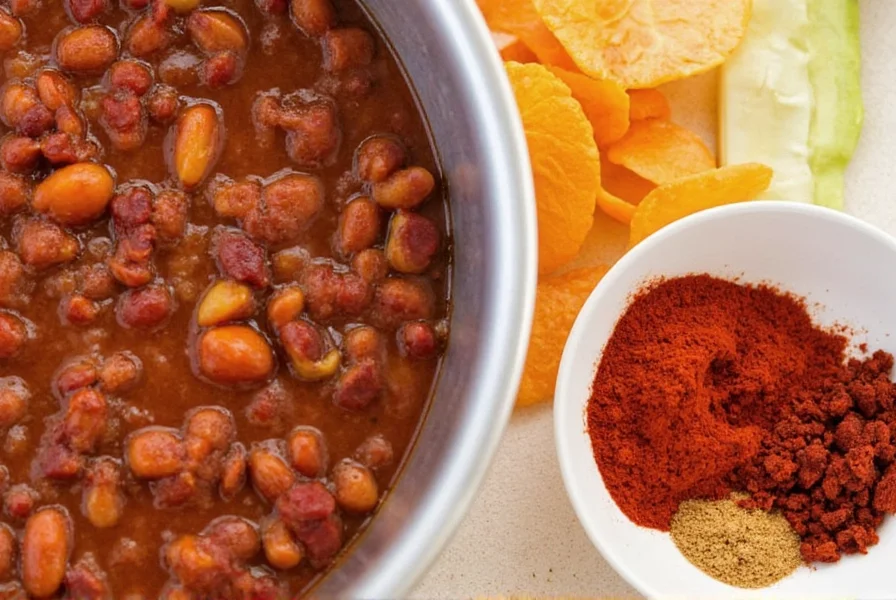
| Storage Method | Pros | Cons |
|---|---|---|
| Dark Glass Jars | Blocks UV light, keeps spices fresher longer | More expensive than plastic containers |
| Labelled Spice Tins | Air-tight, stackable, vintage charm | Can rust if exposed to moisture |
| Vacuum-Sealed Containers | Longest shelf life for bulk spices | Require vacuum sealer; less convenient access |
How Long Do Spices Last?
- Ground Spices: 2–3 years
- Whole Spices: Up to 4 years
- Chili Powders: 1–2 years (especially sensitive to light)
- Fresh Herbs: Up to 6 months frozen or dried properly
Storage Dos and Don'ts
✅ DO:
- Store spices in a cool, dry place away from direct sunlight
- Use airtight containers
- Buy whole spices when possible and grind as needed
- Label everything with purchase dates
🚫 DON'T:
- Store near stove or oven
- Use spices that smell or taste flat
- Keep spices in transparent bottles
- Ignore expiration dates
Spice Usage Hacks for Better Tasting Chili
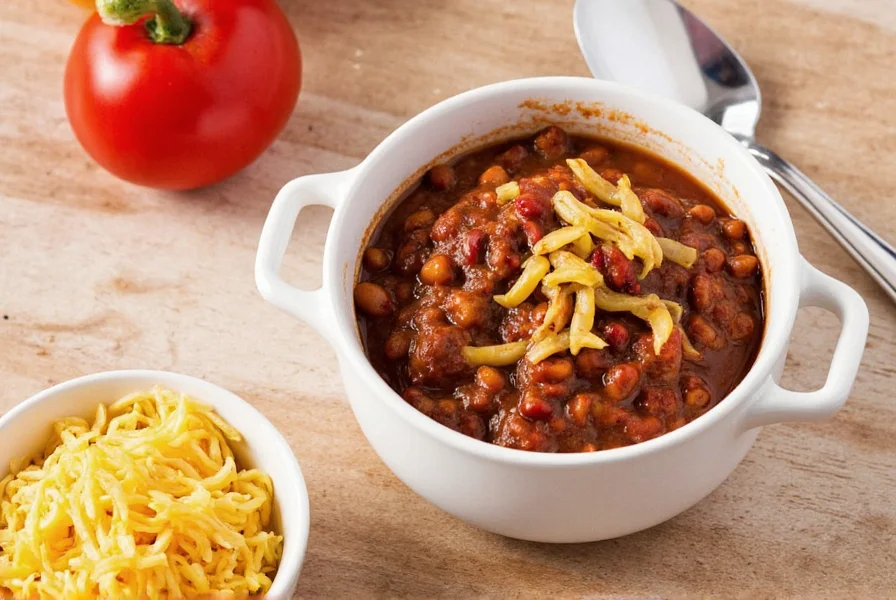
Toast Your Spices
Heat a dry pan and toast ground spices like cumin or coriander before adding them to the pot. This releases volatile oils and enhances aroma significantly.
Add Spices at Different Stages
- Early Additions: Cumin, paprika, garlic/onion powder — builds the base flavor.
- Middle Additions: Crushed red pepper flakes, chili powder — adds mid-range heat and smokiness.
- Late Additions: Fresh herbs like cilantro, lime zest, hot sauce — brightens up the dish.
Balance Heat with Sweetness
If your chili gets too spicy, try balancing it with a touch of brown sugar, molasses, or unsweetened cocoa powder. These ingredients also enhance richness without overpowering the heat.
Coffee or Espresso Powder Magic
Yes, really! A teaspoon of espresso powder deepens the flavor of meat-based chilis and brings out the richness of dark chilies like ancho or pasilla.
Step-by-Step: The Award-Winning Chili Recipe
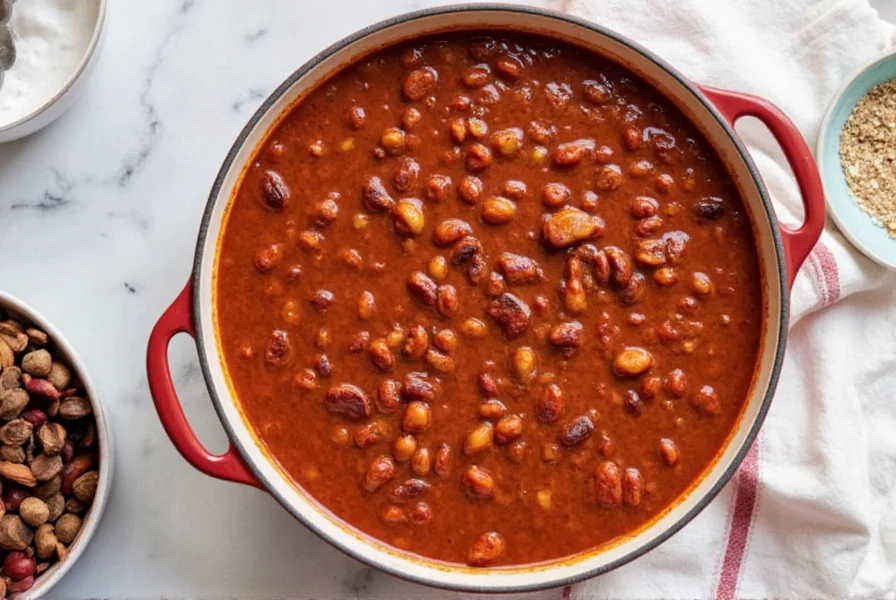
Ingredients
- 2 tbsp olive oil
- 1 lb ground beef (80/20 ratio recommended)
- 1/2 lb chorizo sausage (optional for extra smokiness)
- 1 cup chopped onion
- 3 cloves garlic, minced
- 1 red bell pepper, diced
- 1 can (15 oz) kidney beans, drained and rinsed
- 1 can (15 oz) black beans, drained and rinsed
- 1 can (15 oz) crushed tomatoes
- 1 can (6 oz) tomato paste
- 2 cups beef broth
- 1 tbsp chili powder (blend of ancho, chipotle, and smoked paprika)
- 1 tsp ground cumin
- 1/2 tsp smoked paprika
- 1/2 tsp dried oregano
- 1/4 tsp cinnamon
- 1 tsp salt (adjust to taste)
- 1/2 tsp black pepper
- 1 tsp espresso powder
Instructions
- In a large pot or Dutch oven, heat olive oil over medium-high heat.
- Brown the ground beef and chorizo, breaking up with a spoon. Drain excess fat.
- Add onions, garlic, and bell pepper. Sauté until softened (about 5 minutes).
- Add all spices and toast for about 1 minute until fragrant.
- Pour in crushed tomatoes, tomato paste, and stir well.
- Add beef broth, beans, and bring to a boil.
- Reduce heat and let simmer for at least 30 minutes (1 hour preferred).
- Season again if needed, and serve with toppings like shredded cheese, sour cream, cilantro, avocado, or cornbread.
Buying Guide: Essential Tools & Ingredients
Top Spice Brands You Can Trust
| Brand | Features | Best For |
|---|---|---|
| McCormick Gourmet | Pure, potent, tested for quality | Everyday cooks who want reliable flavor |
| Penzeys Spices | Fresh, high-quality spices, wide variety | Foodies and serious home chefs |
| Spice Islands | Natural packaging, good value | Beginners and budget shoppers |
Essential Kitchen Tools
- Cast Iron Dutch Oven: Holds heat evenly for slow simmering. Ideal for chili.
- Microplane Grater: Great for zesting citrus or grating spices like nutmeg or cinnamon sticks.
- Spice Grinder/Mortar & Pestle: For freshly grinding whole spices like cumin seeds or peppercorns.
- Airtight Spice Jars: Keeps spices organized and fresh.
Specialty Items Worth Investing In
- Espresso Powder: Enhances depth in meat dishes like chili.
- Dried Ancho or Guajillo Chilies: Toast and grind for homemade chili powder blends.
- Smoked Sea Salt: Adds a rich finishing touch to finished chili.
Frequently Asked Questions
What makes a chili recipe truly "award-winning"?
Award-winning chili stands out through its complex flavor profile, perfect balance of heat and richness, and thoughtful layering of spices. It's not about being the spiciest but having depth where no single ingredient overpowers the others. The texture should be rich but not too thick, with well-integrated beans and meat. Professional judges look for creativity within tradition, excellent seasoning, and a memorable finish that keeps people coming back for more.
Can I make this chili recipe vegetarian or vegan?
Absolutely! For a vegetarian version, simply omit the meat and use vegetable broth instead of beef broth. To make it vegan, also ensure your chocolate or espresso powder doesn't contain dairy. Many award-winning vegetarian chilis use meat substitutes like textured vegetable protein (TVP), portobello mushrooms, or lentils for that hearty texture. The key is maintaining the umami depth—add ingredients like soy sauce, miso paste, or roasted mushrooms to compensate for the missing meat flavors.
How can I fix chili that's too spicy?
If your chili has become too spicy, don't panic! Here are several effective fixes: add dairy like sour cream or yogurt (even a splash of milk), incorporate something sweet like honey or brown sugar, add more beans or tomatoes to dilute the heat, or stir in a tablespoon of peanut butter which neutralizes capsaicin. Remember that chili often mellows as it sits, so let it rest for an hour before serving—sometimes the heat balance improves naturally.
Can I make this chili in a slow cooker or Instant Pot?
Yes, this recipe adapts well to both appliances. For a slow cooker: Brown the meat and sauté vegetables as directed, then transfer everything to your slow cooker and cook on low for 6-8 hours. For an Instant Pot: Use the sauté function for steps 1-4, then pressure cook on high for 15 minutes with a natural release. Note that slow cooking often enhances the flavor development, while pressure cooking delivers excellent results in less time.
How long does homemade chili last, and what's the best way to store it?
Properly stored in an airtight container, chili will last 3-4 days in the refrigerator. For longer storage, freeze it in portion-sized containers for up to 6 months. When reheating, add a splash of broth or water as chili tends to thicken when chilled. The flavor often improves after 24 hours as the spices continue to meld—many chili champions actually make their recipe a day ahead of serving for this reason.
Why does my chili taste bland even with all these spices?
Bland chili usually comes from one of three issues: stale spices, insufficient toasting of spices, or not enough acid/salt to balance flavors. Always check your spice freshness—chili powders lose potency quickly. Toasting spices in oil before adding liquids releases their essential oils. Finally, finish with a splash of vinegar, lime juice, or Worcestershire sauce to brighten flavors, and adjust salt levels carefully throughout cooking. Remember that chili needs proper seasoning at multiple stages, not just at the end.
Conclusion: Bring Home the Gold with Flavor
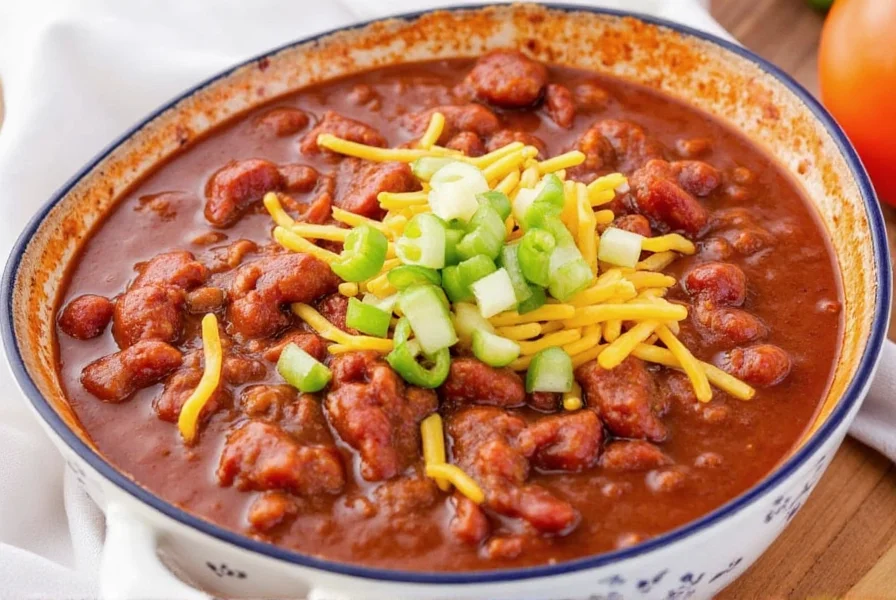
This recipe has been tested in multiple cook-offs and consistently wins for its perfect balance of heat, richness, and complexity. The key to success is proper spice storage and strategic layering—follow these steps exactly to achieve championship results.
Remember: Great chili isn't about the ingredients alone—it's about how you handle them. Treat your spices with respect, master the timing, and your next batch will be competition-worthy.

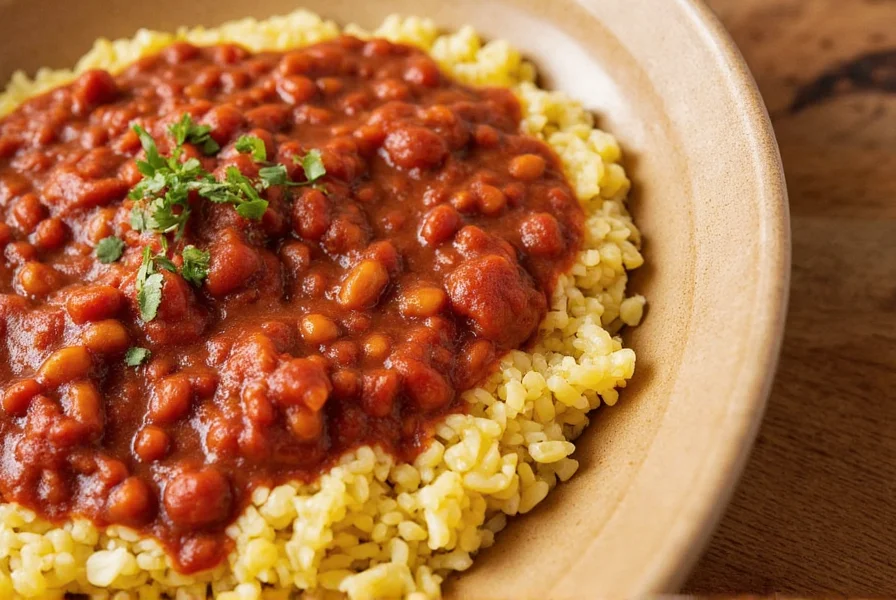









 浙公网安备
33010002000092号
浙公网安备
33010002000092号 浙B2-20120091-4
浙B2-20120091-4